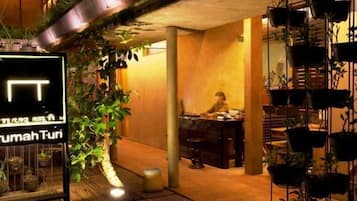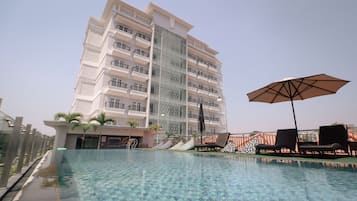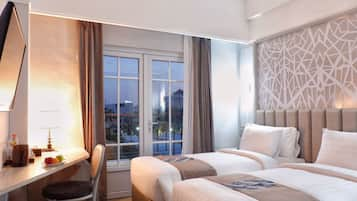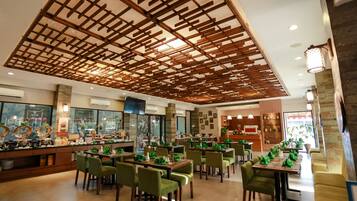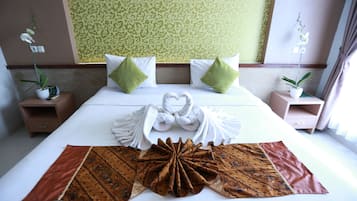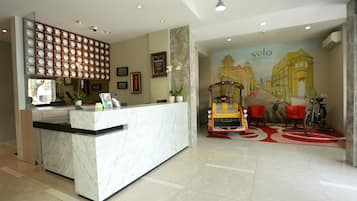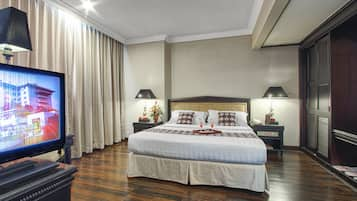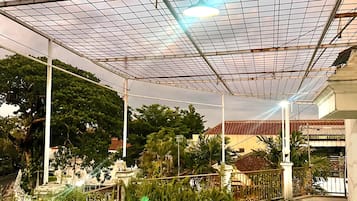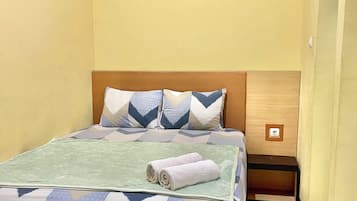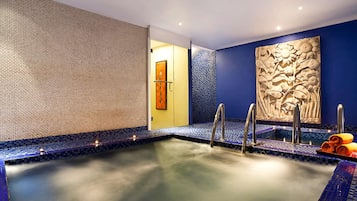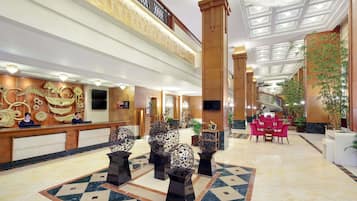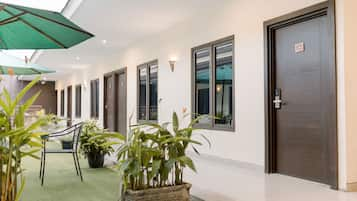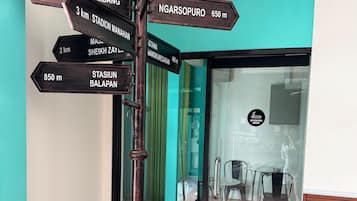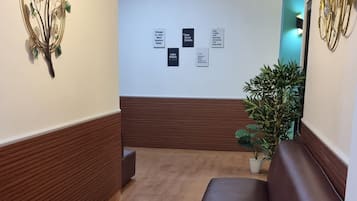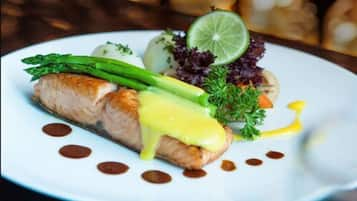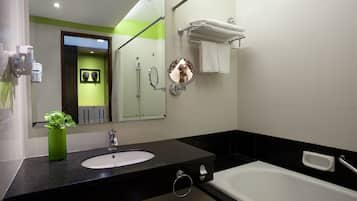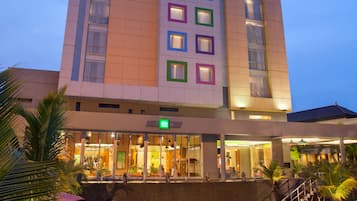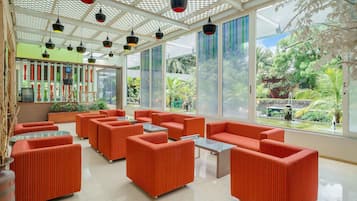Foto oleh Sharrie Shaw
Hotel Butik di Pusat Kota Solo
- Berubah pikiranPesan hotel dengan pembatalan gratis
- Banyak pilihanCari di hampir jutaan properti di seluruh dunia
Cek ketersediaan Hotel Butik di Pusat Kota Solo
Malam ini
Besok
Akhir pekan berikutnya
Dalam dua minggu
Hotel Butik Unggulan di Pusat Kota Solo
Tidak ada yang cocok, tetapi alternatif ini mungkin tepat
Hotel yang direkomendasikan di Pusat Kota Solo
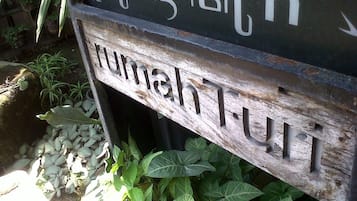
Rumah Turi Eco Hotel
Pusat Kota Solo
7.8 dari 10, Bagus, (15)
Harga sekarang Rp268.595
total Rp325.001
termasuk pajak & biaya lainnya
10 Nov - 11 Nov
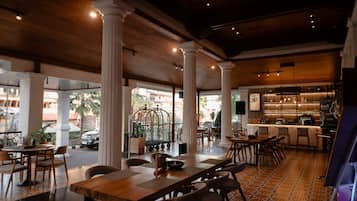
FIM by Zigna
Pusat Kota Solo
9.4 dari 10, Sempurna, (6)
Harga sekarang Rp471.074
total Rp569.999
termasuk pajak & biaya lainnya
12 Nov - 13 Nov
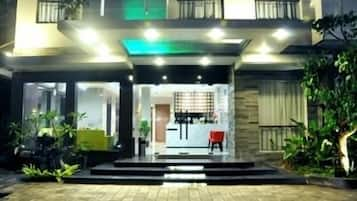
Loji Hotel Solo by Wstay
Pusat Kota Solo
7.2 dari 10, Bagus, (17)
Harga sekarang Rp264.463
total Rp320.000
termasuk pajak & biaya lainnya
9 Nov - 10 Nov

Sahid Jaya Hotel Solo
Pusat Kota Solo
7.2 dari 10, Bagus, (24)
Harga sekarang Rp672.727
total Rp814.000
termasuk pajak & biaya lainnya
30 Nov - 1 Des
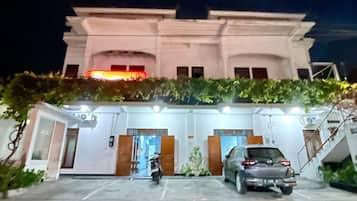
Telu Telu Solo
Pusat Kota Solo
Harga sekarang Rp144.523
total Rp174.872
termasuk pajak & biaya lainnya
22 Nov - 23 Nov

Novotel Solo
Pusat Kota Solo
8.2 dari 10, Sangat Baik, (113)
Harga sekarang Rp521.050
total Rp630.471
termasuk pajak & biaya lainnya
26 Nov - 27 Nov

Grand Sahman Hotel
Pusat Kota Solo
Harga sekarang Rp243.802
total Rp295.000
termasuk pajak & biaya lainnya
9 Nov - 10 Nov
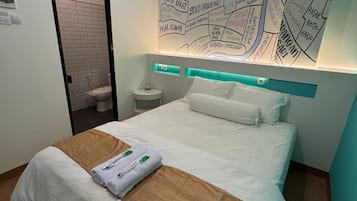
Comfort Centre Residence Solo
Pusat Kota Solo
Harga sekarang Rp268.699
total Rp325.126
termasuk pajak & biaya lainnya
9 Nov - 10 Nov
Harga per malam terendah yang ditemukan dalam 24 jam terakhir berdasarkan pencarian 1 malam untuk 2 tamu dewasa. Harga dan ketersediaan dapat berubah sewaktu-waktu. Ketentuan tambahan mungkin berlaku.
Ulasan Hotel Teratas di Pusat Kota Solo
Jelajahi dunia perjalanan dengan Expedia
Akomodasi lainnya di Pusat Kota Solo
Hotel dekat objek wisata lainnya
- Hotel dekat Solo Paragon Lifestyle Mall
- Hotel dekat Istana Mangkunegaran
- Hotel dekat Nakamura Klinik
- Hotel dekat Museum Radya Pustaka
- Hotel dekat UMS
- Hotel dekat Universitas Sebelas Maret
- Hotel dekat Universitas Muhammadiyah Surakarta
- Hotel dekat Kraton Surakarta
- Hotel dekat Solo Square
- Hotel dekat Pasar Klewer
Hotel di Pusat Kota Solo berdasarkan Peringkat Bintang
Hotel Terpopuler di Pusat Kota Solo
- Loji Hotel Solo by Wstay
- GRAND ORCHID HOTEL SOLO
- Hotel O Solo near Stasiun Solo Balapan formerly Hotel Trihadhi
- Horison Inn Laksana Solo
- Pose in Solo by Wstay
- Bobopod Slamet Riyadi Solo
- Alila Solo, Java
- Grand Mercure Solo Baru
- Swiss-Belhotel Solo
- Zigna Kampung Batik
- The Sunan Hotel Solo
- Swiss-Belinn Saripetojo Solo
- Lorin Syariah Hotel Solo
- Aston Solo
- The Alana Hotel and Convention Center - Solo by Aston
- Tjokro Hotel Klaten
- HARRIS Hotel & Conventions Solo
- Megaland Hotel
![At the museum no photos are allowed which is really unfortunate as it was well worth the visit and the guided tour is definitely not to be missed. In the museum there are even Batik made from the Dutch era which depicts stories like Little Red Riding Hood and Snow White!
I enjoyed the tour v much and at the end of the tour we were brought to this room where the artisan were working on hand drawn batik.
Below is an excerpt from Wikipedia for anyone interested in learning more about the process of batik making.
Firstly, a cloth is washed, soaked and beaten with a large mallet. Patterns are drawn with pencil and later redrawn using hot wax, usually made from a mixture of paraffin or bees wax, sometimes mixed with plant resins, which functions as a dye-resist. The wax can be applied with a variety of tools. A pen-like instrument called a canting (IPA: [tʃantiŋ], sometimes spelled with old Dutch orthography tjanting) is the most common. A canting is made from a small copper reservoir with a spout on a wooden handle. The reservoir holds the resist which flows through the spout, creating dots and lines as it moves. For larger patterns, a stiff brush may be used. Alternatively, a copper block stamp called a cap (IPA: [tʃap]; old spelling tjap) is used to cover large areas more efficiently.
After the cloth is dry, the resist is removed by scraping or boiling the cloth. The areas treated with resist keep their original color; when the resist is removed the contrast between the dyed and undyed areas forms the pattern. This process is repeated as many times as the number of colors desired.
The most traditional type of batik, called batik tulis (written batik), is drawn using only the canting. The cloth need to be drawn on both sides and dipped in a dye bath three to four times. The whole process may take up to a year; it yields considerably finer patterns than stamped batik.
Source: Wikipedia](https://images.trvl-media.com/place/6224808/26fd1460-c65a-4c1a-9444-7a893e883ac9.jpg?impolicy=fcrop&w=1200&h=500&q=medium)
